Coronavirus: Is there any evidence for lab release theory?
Date – 22/04/2020
Author / Reference – Paul Rincon
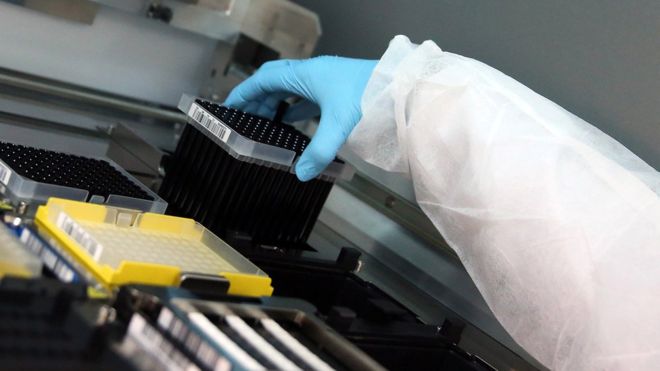
US State Department cables show that embassy officials were worried about biosecurity at a virus lab in Wuhan, China. The lab is in the same city where the coronavirus outbreak first came to the world’s attention.
And President Donald Trump has said the US government is looking into unverified reports that the virus escaped from a laboratory.
So what, if anything, does this add to our understanding of the current pandemic?
What do the cables say?
The Washington Post newspaper has reported information obtained from diplomatic cables. They show that, in 2018, US science diplomats were sent on repeated visits to a Chinese research facility. Officials sent two warnings to Washington about inadequate safety at the lab.
The column says the officials were worried about safety and management weaknesses at the Wuhan Institute of Virology (WIV) and called for more help.
It also claims diplomats were concerned the lab’s research on bat coronaviruses could risk a new Sars-like pandemic. The newspaper says the cables fuelled more recent discussions in the US government about whether the WIV or another lab in Wuhan could have been the source of the virus behind the current pandemic.
India on 5th April:
Date – 19/04/2020
Author / Reference –

Prime Minister Narendra Modi has urged the countrymen to switch off the lights at their homes and on their doorstep or in the balcony, light a candle or a diya or flash a torchlight or mobile flash light on April 5 at 9 pm for nine minutes.
He said that even though we are in our homes, we are not alone. Country’s 1.3 billion people are together during this lockdown period. He said we have to dispel the darkness spread by the coronavirus and give hope to the poor who are the most impacted by lockdown.
Make a short video or picture, use #pfcartfair #pfccovid19 to be featured!
And send it to pencilforchange20@gmail.com
Climate change: UK forests ‘could do more harm than good’
Date – 19/04/2020
Author / Reference -Mike Pearl

Activists are scrambling to deal with the pandemic while trying to make sure no one forgets about global warming.
Normally, Vishal Chauhan, a 30-year-old in London, would be spending his days organizing and protesting for the radical climate direct action movement Extinction Rebellion (XR), famous for its public spectacles—things like shutting down major streets and blasting the UK Treasury with a fake blood firehose. “I’m in Extinction Rebellion because I think we need a regenerative culture. We need a culture which helps human beings achieve our potential as connected, compassionate, kind beings,” he told me.
Coronavirus Has Transformed the Climate Movement Into Something New
Date – 19/04/2020
Author / Reference -Roger Harrabin
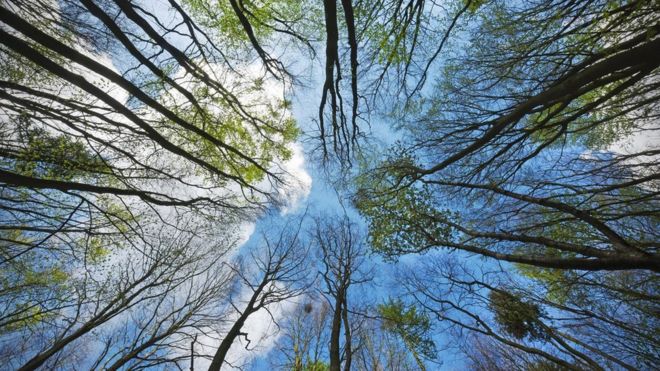
Mass tree planting in the UK could harm the environment if not planned properly, a report warns.
Badly-planned trees would increase greenhouse gas emissions, say the government’s advisers on the economic value of the natural environment.
The report comes from the Natural Capital Committee (NCC), which says planting trees into peat bogs would prove a serious mistake.
Peat locks up vast quantities of carbon – but trees dry out peat.
This can release more greenhouse gases than the trees absorb.
One NCC member, Prof Ian Bateman from the University of Exeter, said: “The mantra has to be ‘the right tree in the right place’.“
“We would be crazy to undertake the massive scale of planting being considered if we did not also consider the wider effects upon the environment including impacts on wildlife, benefits in terms of reducing flood risks and effects on water quality, improvements to recreation and so on.”
Coronavirus: The race to stop the virus spread in Asia’s ‘biggest slum’
Date – 18/04/2020
Author / Reference –
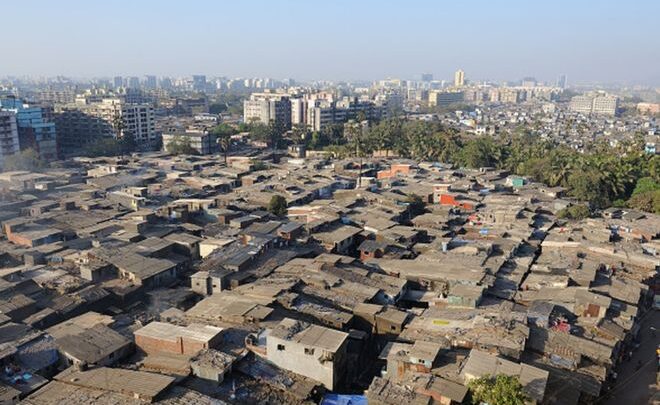
On 23 March, a 56-year-old man living in a vast, labyrinthine slum in the western Indian city of Mumbai went to see a doctor. He was feeling feverish and had a bad cough.
The garment trader lived in Dharavi where more than half-a-million people are spread over 2.5 grubby sq km, which is less than a square mile. (Imagine a population larger than Manchester living in an area smaller than Hyde Park and Kensington Gardens.) The slum was the inspiration for the Oscar-winning Slumdog Millionaire film and city planners from all over the world have studied its throbbing economy and society.
The local doctor examined the man and he left with a prescription for cough syrup and paracetamol. Three days later, the man turned up at the Sion Hospital close to home. His fever had climbed and the cough was getting worse. He said he had no travel history, so doctors gave him more cough syrup and sent him home once again.
On 29 March, the man returned to the hospital with signs of respiratory distress. Doctors admitted him, and promptly sent swabs for the Covid-19 test.
Three days later, the results arrived – he had tested positive. His condition deteriorated sharply and doctors tried to move him to a bigger hospital already treating Covid-19 patients.
Coronavirus: Why Canada dairy farmers are dumping milk
Date – 18/04/2020
Author / Reference -https://www.bbc.com/news/world-us-canada-52192190

Dairy farmers in one of Canada’s largest milk-producing province are poised to dump millions of litres of milk due to coronavirus.
Dairy Farmers of Ontario has told farmers to get rid of raw milk to keep prices stable and prevent oversupply.
The industry group says demand has crashed as restaurants and other bulk buyers shutter due to Covid-19.
Some 500 farms have been asked to dump 5 million litres a week, according to a trade report.
The policy is a volte-face from last week, when Dairy Farms of Ontario, which oversees nearly a third of Canada’s dairies, had asked farmers to increase production amid concerns about a shortage.
“In its 55-year history, Dairy Farmers of Ontario has only once before had to ask producers to dispose of raw milk,” Cheryl Smith, the association’s CEO, told BBC.
Canadian dairy is produced under what is known as a supply-management system, which strictly controls production quotas and imports to support prices.
Silent rooftop wind turbines could generate half of a household’s energy needs
Date – 18/04/2020
Author / Reference -https://www.facebook.com/groups/contactshift/permalink/3416126111737455/

The use of wind turbines in households is becoming more and more popular.
Wind power like other natural power sources can be quite volatile, but it’s still a highly sustainable power source for those who want to live an off-the-grid lifestyle. A Dutch renewable energy start-up called The Archimedes, developed this product named Liam F1 turbine which is a small and silent wind turbine that will change the way we view wind power. Their product will be able to generate 1,500 kWh of energy per year and can be installed on the rooftop of a house. The best part is, that when the Liam F1 is matched with solar panels, it can generate enough power for an entire household. This way you can alternate between the use of solar power and wind power, having a backup in case the weather conditions are not suitable for you.
See more at: https://www.goodshomedesign.com/silent-rooftop-wind-turbines-could-generate-half-of-a-households-energy-needs/?fbclid=IwAR0AGFKdWTN4Zu0b3uOErmvq3Wn_YqqZmFs4y5cnz8YxccNMStRH3VQtMq8
The local doctor examined the man and he left with a prescription for cough syrup and paracetamol. Three days later, the man turned up at the Sion Hospital close to home. His fever had climbed and the cough was getting worse. He said he had no travel history, so doctors gave him more cough syrup and sent him home once again.
On 29 March, the man returned to the hospital with signs of respiratory distress. Doctors admitted him, and promptly sent swabs for the Covid-19 test.
Three days later, the results arrived – he had tested positive. His condition deteriorated sharply and doctors tried to move him to a bigger hospital already treating Covid-19 patients.
COVID-19 lockdown impact: Delhi continues to breathe clean air, overall AQI remains below 80
Date – 17/04/2020
Author / Reference – https://www.timesnownews.com/delhi/article/pollution-level-today-delhi-ncr-noida-gurgaon-gurugram-aqi-air-quality-index-10-april/576209

New Delhi: The national capital continues to breathe clean air following a drastic reduction in air pollution due to the ongoing 21-day lockdown. The air quality in Delhi remained in the ‘satisfactory’ category on Friday morning (April 10) as the overall AQI stood at 79, according to the latest estimates updated by System of Air Quality and Weather Forecasting And Research (SAFAR).
‘Satisfactory’ air in Delhi
Dhirpur Road, Delhi University, Pusa Road and Lodhi Road registered ‘satisfactory’ air quality on Friday morning with an AQI of 71, 56, 63 and 50 respectively.
Similarly, areas such as Chandni Chowk, which remains a major air pollution hotspot during normal days, Mathura Road, IIT-Delhi and Indira Gandhi International Airport (Terminal-3) also recorded PM 2.5 count of 81, 57, 65 and 53 respectively in the ‘good’ category.
According to SAFAR, AQI between the range of 51 and 100 is considered as ‘satisfactory’ or ‘very good’, 101-200 is ‘moderate’, 201-300 falls under the category of ‘poor’. While 300-400 is considered as ‘very poor’, levels between 401-500 fall under the ‘hazardous’ category.
SAFAR forecast
“High surface winds are likely to continue on Friday and in some pockets, lifting of local dust is expected. The coarse dust particles (PM10) will be the lead pollutant. The SAFAR model suggests a marginal deterioration in AQI towards the higher end of the satisfactory category for 10th April, and may just touch the moderate category. The satisfactory category is forecast on the 11th April. This forecast now considers an estimated reduction in local emissions due to lockdown. The ratio of PM2.5 to PM10 has declined significantly.indicating missing sources of fossil fuel emissions and enhance the role of natural summer dust,” SAFAR forecast said.
Lockdown significantly improves water quality of Ganga; Kanpur and Varanasi witness cleaner air
Date – 17/04/2020
Author / Reference – https://www.indiatoday.in/coronavirus-outbreak/story/lockdown-significantly-improves-water-quality-of-ganga-kanpur-and-varanasi-witness-cleaner-air-1663279-2020-04-04

Amid the nation-wide 21-day lockdown to curb the spread of the novel coronavirus, the water quality of Ganga river in Uttar Pradesh has seemingly improved. There were also signs of improved air quality in cities like Varanasi and Kanpur.
Speaking to India Today, Kalika Singh, regional officer of the Uttar Pradesh Pollution Control Board (UPPCB) in Varanasi said: “The dissolved oxygen level upstream in river Ganga is 8.9 mg per litre while in the downstream the dissolved oxygen level is 8.3 mg per litre. This clearly shows that water quality has improved significantly, and it is good for bathing. Healthy water should have a dissolved oxygen level of at least 7 mg/litre.”
“Since the lockdown, the roads in Varanasi are completely deserted because people are inside their houses. Those engaged in essential services can only be seen in the city with their vehicles. Due to this air quality has improved in the city and has become satisfactory according to the Air Quality Index,” added Singh.
UGC directs Universities to set up mental health helplines to address psychosocial concerns of students
Date – 17/04/2020
Author / Reference – http://newsonair.com/Main-News-Details.aspx?id=384866
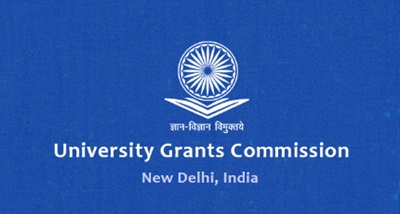
The University Grants Commission (UGC) has directed all universities and colleges to set up mental health helplines to address psychosocial concerns of students during the lockdown imposed to combat Corona virus.
Secretary Rajnish Jain in a letter to Vice Chancellors wrote, it is equally important to address any kind of mental health and psychosocial concerns of student community during and after COVID-19 situation issue.
Mr Jain said, in order to reassure the student community and to avoid any kind of stress or panic in the prevailing situation vis-à-vis their studies, health and other issues, the universities and colleges may set up mental health helplines for the purpose. He said, the helpline should be regularly monitored and managed by counsellors and identified faculty members.
This pandemic is teaching us how much we depend on each other for our health systems, food systems and supply chains.
Date – 17/04/2020
Author / Reference –
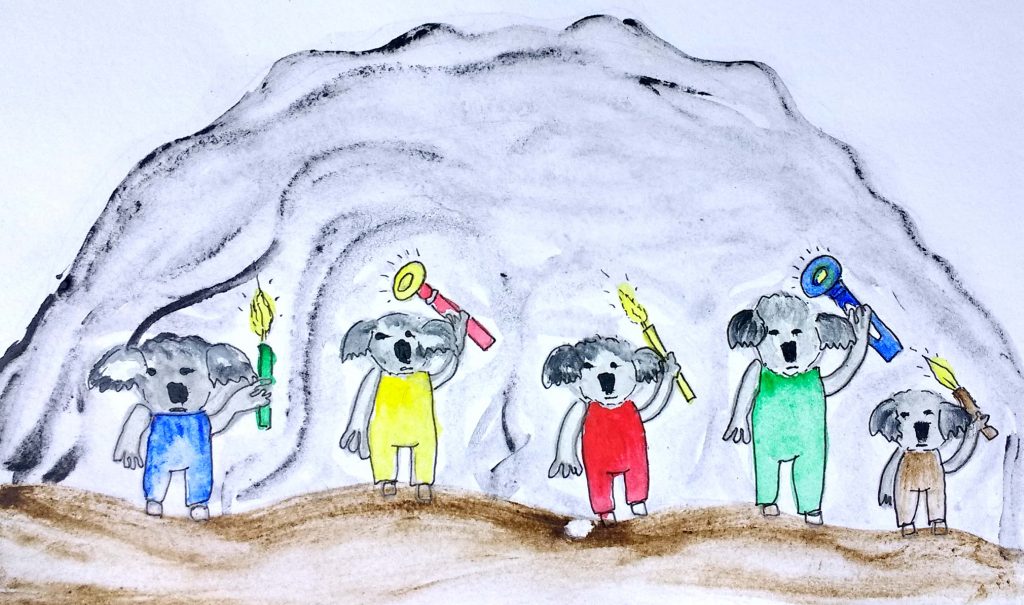
The world has been plunged into an extraordinary crisis. We share a deep concern for the human cost Covid19 is inflicting and express a profound sense of solidarity with the most vulnerable communities. We fully support the emergency measures needed to save lives and protect the economy.
We call on leaders to have the courage, wisdom and foresight to seize the opportunity to make their economic recovery plans transformative for people and nature. In so doing, they will secure a path to net zero emissions by 2050 to meet the Paris Agreement, transform our food systems and rebuild our relationship with nature.
That is why it is so important that climate and biodiversity stay at the top of the agenda, and that leaders leverage every opportunity to keep up momentum and make progress at the United Nations nature, climate and biodiversity summits later this year.
This is the moment to rise to the challenge to emerge from this emergency with a global economic reset. Ensuring the health and prosperity of people and the planet is possible if we make bold decisions today so that future generations can survive and thrive in a better world.
